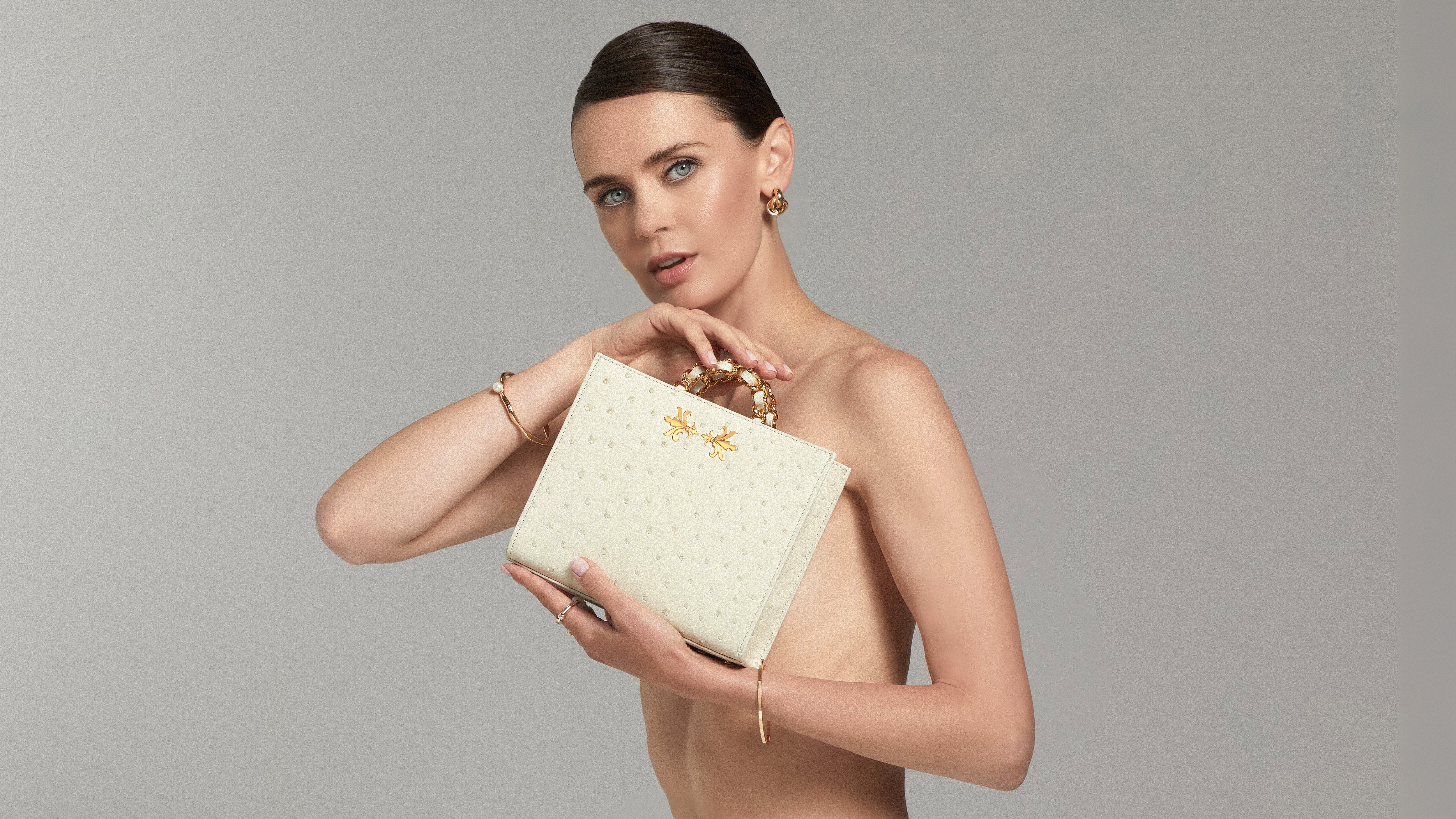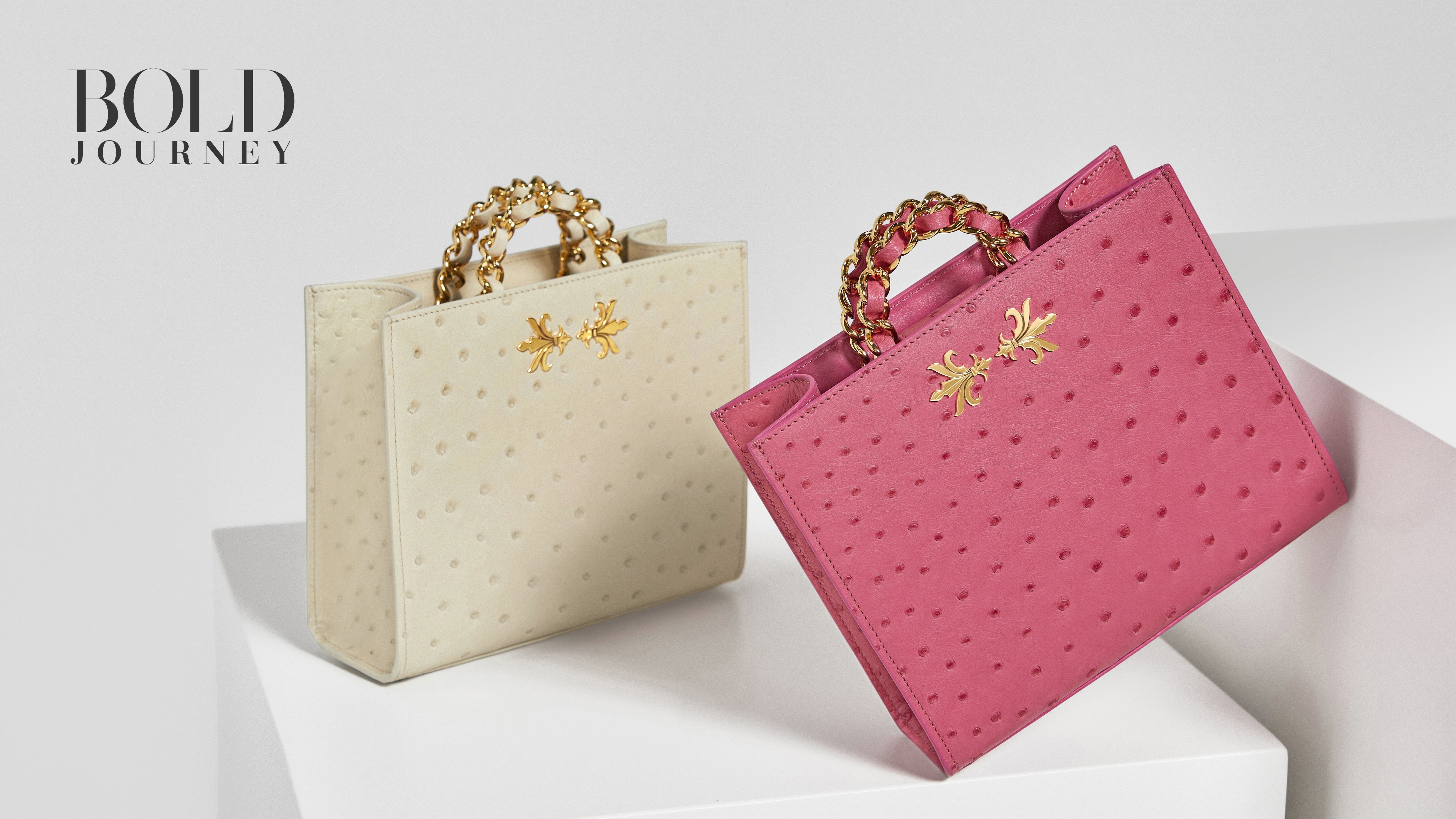
EXOTICS EXPOSED: The Real Story Behind Exotic Materials
For decades, exotic leathers have carried a complicated reputation in the world of fashion — revered for their unparalleled beauty and prestige, yet criticized for perceived ties to environmental harm and animal cruelty. As sustainability and ethics have taken center stage, exotics have often been painted with a broad, outdated brush.
But the narrative is changing.
Today, with strict regulations, responsible farming practices, and ethical sourcing, exotic materials can embody the very values modern luxury demands: sustainability, transparency, and enduring craftsmanship.
At JULIANNA MILANO, we believe it is time to revisit the conversation — to separate myth from reality — and to share the truth about exotic materials in the world of conscious fashion.
MYTH 1: EXOTIC LEATHERS ARE ENVIRONMENTALLY HARMFUL
Exotic materials have long faced scrutiny for their perceived environmental impact. Yet in reality, responsibly sourced exotic leathers leave a far lighter footprint than traditional cowhide or mass-marketed sustainable alternatives.
Factory-farmed cattle, bred in staggering volumes for meat and leather, are among the leading contributors to deforestation, methane emissions, and land degradation. By contrast, exotic species such as crocodiles and ostriches are often raised on protected reserves, living comfortably in natural environments. These animals are primarily raised for meat production, with their skins thoughtfully repurposed as a secondary byproduct — ensuring that no part of the animal is wasted or exploited solely for commercial use.
Unlike many synthetic and plant-based leathers, which often break down quickly and fuel a cycle of overproduction, exotic leathers are naturally endowed with remarkable strength, flexibility, and longevity. These materials are inherently resilient, shaped by nature to withstand the elements and the passage of time. Sustainability lies in honoring what nature provides, minimizing waste through longevity, and creating pieces that are built to endure — not to be replaced.
MYTH 2: EXOTIC LEATHER CONTRIBUTES TO SPECIES DECLINE
One of the most persistent misconceptions about exotic materials is the belief that their use directly endangers wildlife. In reality, the opposite is often true.
Sustainable exotic leather trade is tightly regulated by international agreements such as CITES.
Rather than harming species, certified farming practices create strong incentives for conservation, protection of ecosystems, and ethical stewardship. By supporting responsible sourcing, the industry helps ensure biodiversity and safeguards natural habitats for future generations.
By creating economic value for species like crocodiles and ostriches through regulated farming, the exotic leather industry offers a powerful incentive for local communities to preserve ecosystems, prevent illegal poaching, and invest in ethical animal husbandry. In many regions, these practices have actually led to the repopulation and protection of species that were once at risk.
In supporting responsible sourcing, we help ensure not only the longevity of craftsmanship — but the preservation of biodiversity for future generations.
MYTH 3: EXOTIC LEATHERS ARE WASTEFUL AND EXCESSIVE
The essence of true luxury lies not in excess, but in thoughtful creation and lasting elegance.
Exotic leathers are among the most durable natural materials available, often far outperforming traditional cowhide and synthetic vegan alternatives in both strength and lifespan. When properly cared for, a handbag crafted in genuine exotic leather can endure for decades — maturing beautifully with time and wear. These are pieces designed not for seasons, but for generations: functional heirlooms that carry meaning as much as style.
The perception of wastefulness often stems not from the material itself, but from a misunderstanding of its role in the luxury ecosystem. In reality, exotic leathers are typically sourced in small batches, often as byproducts of regulated farming systems, and tanned with artisanal methods that prioritize quality over mass production.
In stark contrast, many synthetic leathers — marketed as “sustainable” alternatives — are derived from petroleum-based plastics that deteriorate quickly and are nearly impossible to recycle. These materials often crack, peel, and degrade within a few years, driving consumers back into a cycle of repeated purchasing — and ultimately contributing to the growing crisis of landfill waste and environmental degradation.
Choosing exotic leather is not a statement of indulgence. It’s a commitment to enduring design, mindful consumption, and investing in fewer, better things.
The future of fashion lies not in abandoning tradition, but in reimagining it responsibly. Exotic materials — long misunderstood — have the potential to embody a new standard of sustainable luxury when sourced ethically and crafted with intention.
At JULIANNA MILANO, we honor the past while designing for the future — investing in materials that last, practices that respect the planet, and craftsmanship that transcends trends. Because true luxury doesn’t just appear impressive — it endures, evolves, and leaves a lighter, more meaningful legacy behind.

